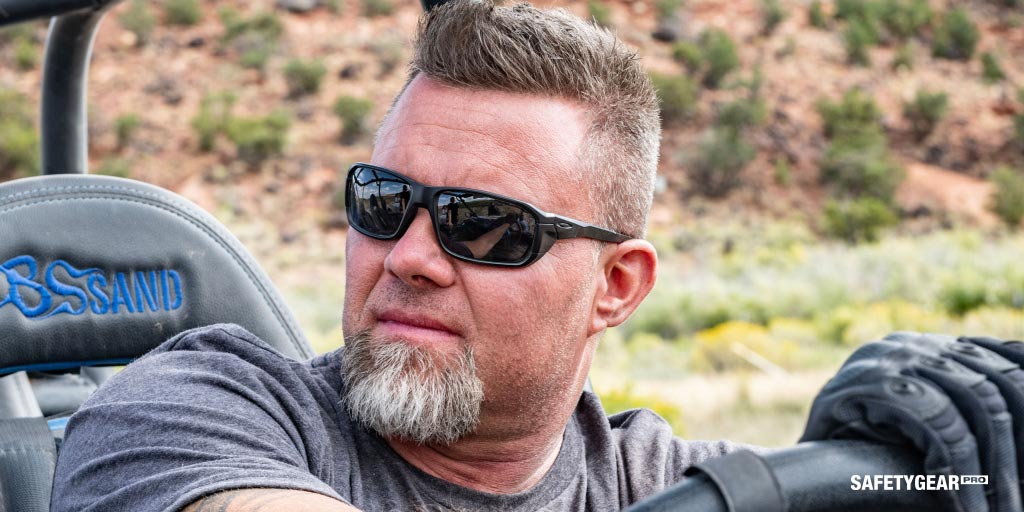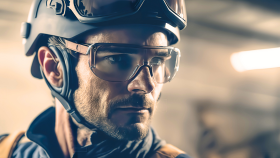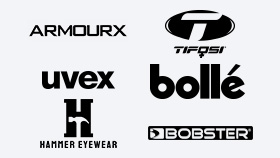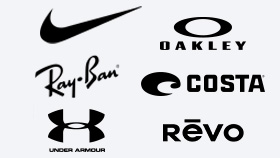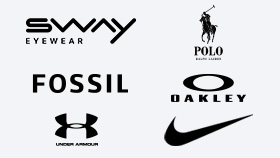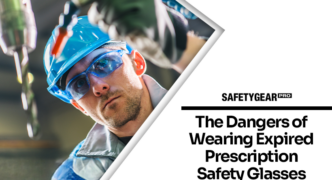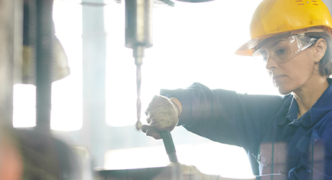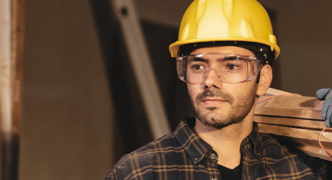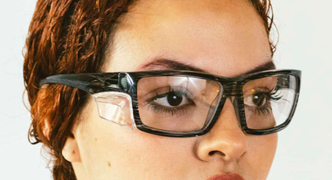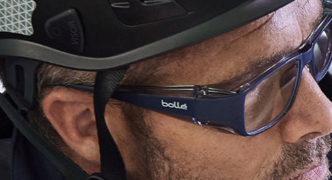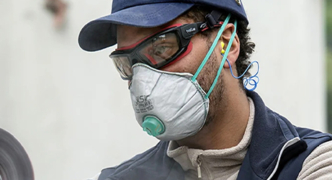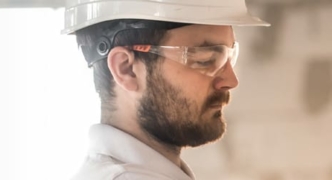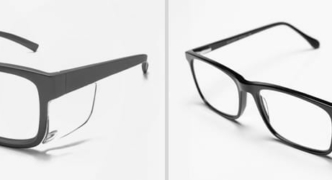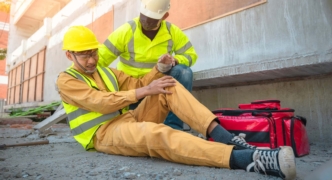Bulletproof Shooting Glasses: What You Need To Know
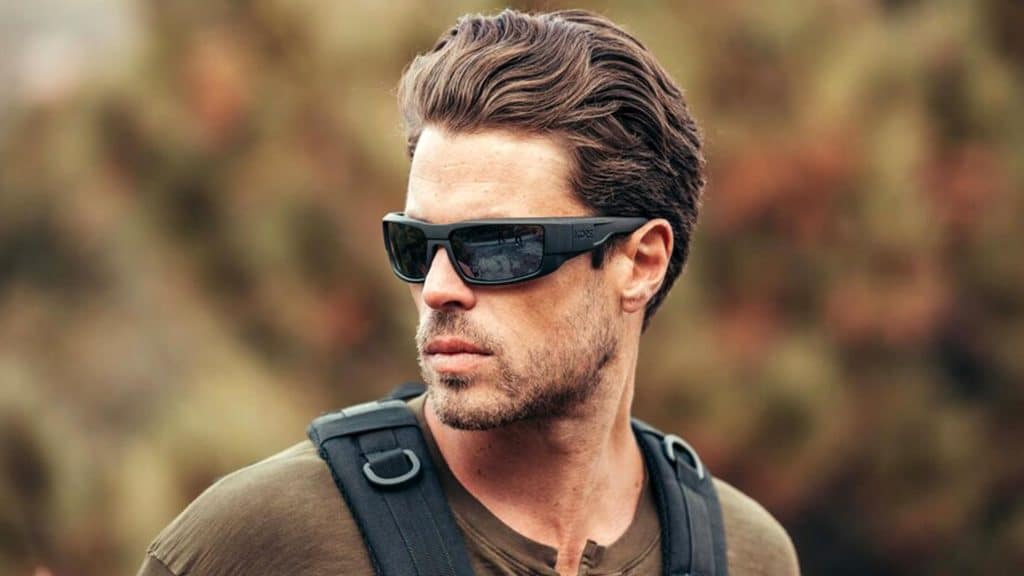
Recreational shooting offers both physical and mental health benefits. Besides sharpening skills such as hand-eye coordination, accuracy and strength, shooting can help you feel a sense of accomplishment and bolster your self-esteem. If you’re part of a sports shooting club, you enjoy the camaraderie and valuable interpersonal bonds formed with others who share this hobby. To enjoy yourself and stay safe, you need proper equipment such as protective eyewear. How do you choose a pair of shooting glasses that best meet your needs? Keep reading to get answers to these and other vital questions.
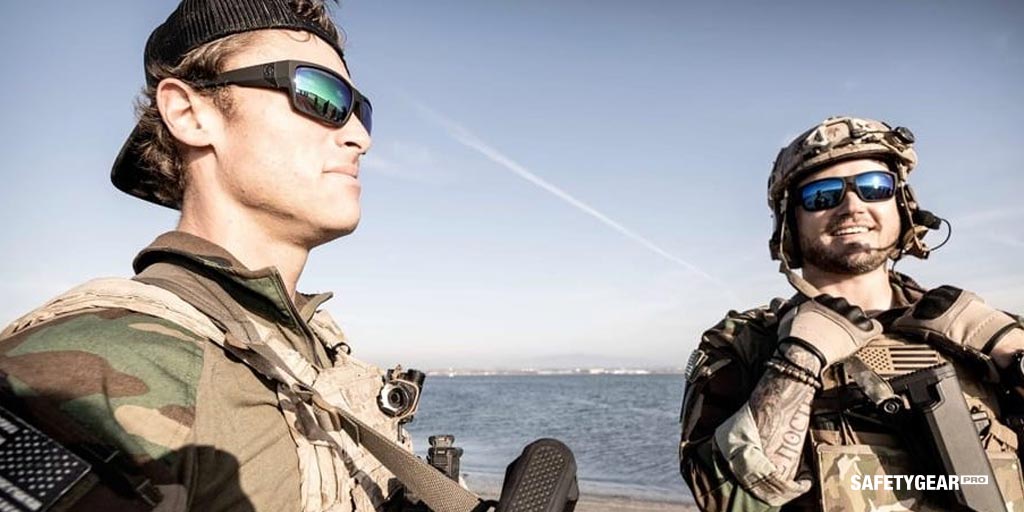
Why Do You Need Protective Eyewear for Shooting?
Recreational shooting is a great pastime, but there are hazards involved. A speeding bullet can radiate a lot of energy — certainly enough to penetrate soft tissue like your skin and eyes. You may remember that linear momentum is equal to mass times velocity. However, the damage inflicted by a bullet depends the kinetic energy it transfers to a target. This is measured by multiplying half of a projectile’s mass times the square of its velocity.
For starters, let’s look at average mass and velocity of bullets. Most pistol bullets weigh between 6 grams and 16 grams, depending on their size. Rifle rounds can weigh signicantly more according to the type of rifle you’re shooting. A bullet’s material content can also affect its weight: For instance, lead is much denser than rubber. Keep in mind that bullets can travel anywhere between 600 MPH and 1200 MPH. Converted, that’s between 268 and 536 meter per second.
Besides bullets, other shooting hazards may include flying shrapnel and debris. You should also consider wind gusts, precipitation, liwuids and flying dust that can compromise your visibility.
What Materials Are Used in Shooting Glasses Lenses?
Lenses in prescription shooting glasses come in a wide range of materials. Many are crafted from polycarbonate, a transparent high-performance thermoplastic polymer. Polycarbonate can easily be thermoformed, molded while hot and pliable to take virtually any shape.
Polycarbonate is a popular choice due to its durability. It’s up to 250 times stronger than glass, able to withstand many types of impacts without shattering, warping, cracking or breaking. That’s why you’ll often find polycarbonate in vehicle windshields or as alternatives to traditional bulletproof glass.

Do Bulletproof Shooting Glasses Exist?
No glasses are technically bulletproof. However, some grades of polycarbonate materials offer superior impact protection against projectile impacts. You may see these types of polycarbonate referred to as “bullet-resistant” or “ballistic-grade.”
Ballistic-grade lenses are produced by arranging multiple polycarbonate sheets with polyurethane layers inserted between them. When laminated together, they form a super-strong material that can withstand more severe impacts. Bullets may puncture the outermost laminated polycarbonate layer, but the layers behind it dampens the impact and prevent further penetration.
How Are Glasses for Shooting Tested and Certified?
To choose shooting eyewear that works best for you, it’s vital to carefully look at each pair’s specifications. Bullet-resistant or ballistic-grade shooting glasses must meet ANSI Z87.1 standards set by the American National Standards Institute, a private nonprofit organization that deals with consistency, quality and performance of services, systems and products. ANSI standards are voluntary consensus — they’re not mandatory but commonly recognized within public and private sectors.
ANSI Z87.1 is the American National Standard for Occupational and Educational Personal Eye and Face Protection Devices. That includes safety glasses and goggles plus side shields and similar face protection equipment. For eyewear to earn ANSI Z87.1 certification, it must pass both high mass impact and high-velocity impact tests. Eyewear that passes these tests can help prevent or minimize eye injuries from hazards such as blunt impacts, dust and splashes.
Some ballistic-grade eyewear also meets or exceeds standards set by the United States Military. These can include MIL-PRF-31013 for projectile fragment impacts and laser radiation. They may also meet or exceed EN166, a European standard for impact resistance in personal protective equipment.
What Other Benefits Can Shooting Eyewear Offer?
Besides reduced injury risk and severity, you can enjoy other advantages from protective shooting eyewear. Many versions provide protection against UVA and UVB radiation, with some also including tint to reduce the amount of light transmitted to your eyes. For even better visibility and convenience, many shooting safety glasses allow you to include prescription lenses.
Safety glasses can’t stop a speeding bullet in its tracks. However, they deliver protection from flying debris, projectiles, dust, severe sunlight, UV radiation and other factors that can compromise your vision. Safety Gear Pro offers a large selection of shooting safety eyewear. Choose your next pair from the best shooting glasses, including ANSI Z87.1, MILspec and EN166 rated eyewear.
